Stories Category: Intensive Care

The Ventilator Book
If you need something that teaches you both the concepts of mechanical ventilation and how to manage patients with respiratory failure, this is the book for you. The Ventilator Book is written to be read in the ICU or Emergency... read more

Two-Step Imputation and AdaBoost-Based Classification for Early Prediction of Sepsis on Imbalanced Clinical Data
Sepsis is a life-threatening response to infection that causes tissue damage, organ failure, and death. Effective early prediction of sepsis would improve patients’ diagnosis and reduce the cost associated with late-stage... read more
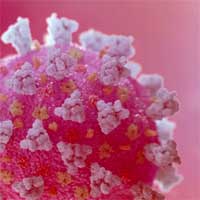
Outcomes Associated with the Use of Renin-Angiotensin-Aldosterone System Blockade in Hospitalized Patients with COVID-19 Infection
Use of ACEI or ARBs prior to hospitalization was not associated with adverse outcomes in COVID-19 and the therapeutic benefits of continuing ACEI or ARB in hospitalized patients with COVID-19 was not offset by adverse outcomes. Data... read more
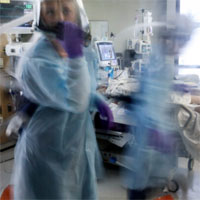
Family satisfaction in a neuro trauma ICU
The purpose of this quality improvement initiative was to evaluate satisfaction of family members of patients in a neuro trauma ICU (NTICU). Adult patients (age 18+) admitted to the NTICU for at least 24 hours between... read more
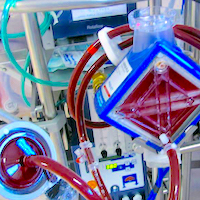
Prediction of Neurological Outcomes in Patients Treated With ECPR
This prognostic study develops and validates a prediction model for neurological outcomes of patients with out-of-hospital cardiac arrest with shockable rhythm treated with extracorporeal cardiopulmonary resuscitation. A... read more
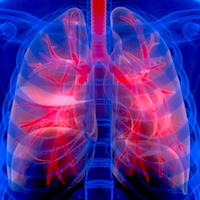
Pulmonary Infections Complicating ARDS
Pulmonary infection is one of the main complications occurring in patients suffering from acute respiratory distress syndrome (ARDS). Besides traditional risk factors, dysregulation of lung immune defenses and microbiota... read more

Doppler Echocardiographic Indices in Critically Ill Patients Under Mechanical Ventilation
Doppler Echocardiographic Indices Are Specific But Not Sensitive to Predict Pulmonary Artery Occlusion Pressure in Critically Ill Patients Under Mechanical Ventilation. The objective of this study was to prospectively... read more
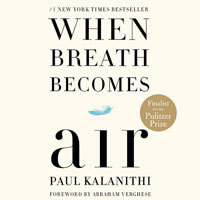
When Breath Becomes Air
A powerful look at a stage IV lung cancer diagnosis through the eyes of a neurosurgeon. When Paul Kalanithi is given his diagnosis he is forced to see this disease, and the process of being sick, as a patient rather than... read more

Weaning the patient: between protocols and physiology
Ventilator weaning forms an integral part in critical care medicine and strategies to shorten duration are rapidly evolving alongside our knowledge of the relevant physiological processes. The purpose of the current review... read more

Increasing suction pressure during endotracheal suctioning increases the volume of suctioned secretions
It may be assumed that 250 mmHg suction pressure, via compliance with open system suction method related procedures, is being more effective and equally safe for secretion cleaning in comparison to the 80 and 150 mmHg suction... read more
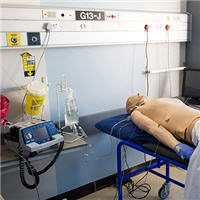
Adapting to the COVID-19 Pandemic
Thrust into a pandemic unlike any other, health professionals today must continually adapt to an ever-changing environment. Protocols change at dizzying rates, while the physical and mental demands of our jobs increase... read more
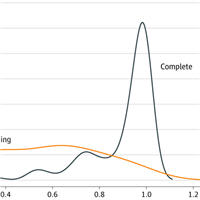
Modifiable Factors Associated With Chronic Pain After Surgery for Distal Radius Fractures
In this study, preoperative pain, time to surgery, and procedure type were modifiable factors associated with chronic pain 1 year after DRF treated with surgery. Adequate pain control in patients with acute DRFs even... read more
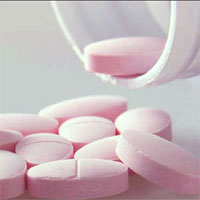
Oral Vitamin K Lowers the International Normalized Ratio More Rapidly
Oral vitamin K lowers INR more rapidly than subcutaneous vitamin K in asymptomatic patients who have supratherapeutic INR values while receiving warfarin. Warfarin therapy was withheld, and 1 mg of vitamin K was given... read more
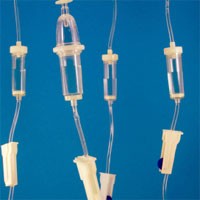
Natriuretic Peptide–driven Fluid Management during Ventilator Weaning
Our results suggest that a BNP-driven fluid management strategy decreases the duration of weaning without increasing adverse events, especially in patients with left ventricular systolic dysfunction. In a randomized controlled... read more

America Is Running Out of Nurses
In normal times, there are some 50,000 travelling nurses in the United States. Most are full-time gig workers who move from job to job, usually staying in one place for thirteen weeks. (That length is a holdover from old... read more
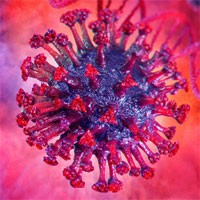
The Emerging Evidence for a Genetic Susceptibility to Severe COVID-19
A defining feature of the COVID-19 pandemic has been the wide spectrum of clinical presentations, ranging from asymptomatic viremia to life-threatening illness. Factors such as advancing age and co-morbid status have been... read more

Lipid Mediators in Critically Ill Patients: A Step Towards Precision Medicine
In this review, we provide an overview of the role of fatty acid-derived lipid mediators as endogenous regulators of the inflammatory, anti-inflammatory and pro-resolving response and future directions for use of clinical... read more








